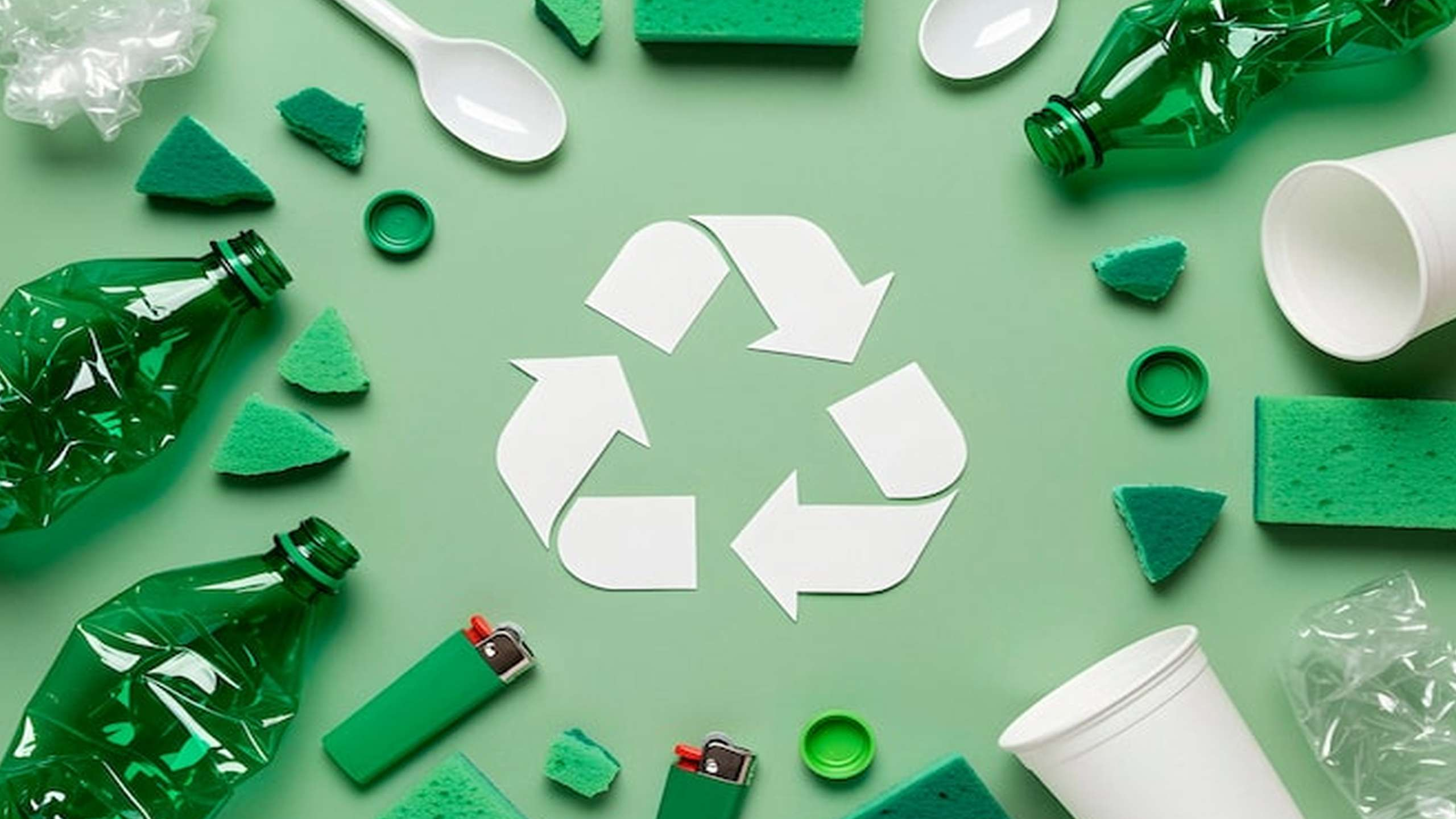 Plastics, a material at the heart of modern life, faces a critical juncture as the world grapples with escalating concerns over pollution. Amidst this, K 2025 emerges as a pivotal platform for the industry to showcase its strides towards sustainability and innovation. With a focus on circularity, decarbonization, and regulatory adaptation, leading players like Dow are spearheading a transformation towards purpose-led practices. Join us as we delve into the dynamic landscape of plastics at K 2025, where the industry converges to drive positive change and shape a more sustainable future.
Plastics, a material at the heart of modern life, faces a critical juncture as the world grapples with escalating concerns over pollution. Amidst this, K 2025 emerges as a pivotal platform for the industry to showcase its strides towards sustainability and innovation. With a focus on circularity, decarbonization, and regulatory adaptation, leading players like Dow are spearheading a transformation towards purpose-led practices. Join us as we delve into the dynamic landscape of plastics at K 2025, where the industry converges to drive positive change and shape a more sustainable future.
Circular Economy: Redefining Material Lifecycles
The concept of circularity has emerged as a key focal point at K 2025, with companies like Dow leading the charge in reimagining material lifecycles. By partnering across the value chain, innovative models are being developed to give waste a second life. For instance, Crocs has collaborated with Dow to incorporate sustainable collation shrink films, showcasing a commitment to circularity in the footwear industry. Additionally, partnerships with companies like Minelli and TecnoGi highlight the transformation of waste materials into new resources for luxury footwear and leather goods. This shift towards circular business models not only reduces environmental impact but also presents new opportunities for sustainable innovation.
Decarbonization in Hard-to-Decarbonize Sectors
As the world seeks to reduce carbon emissions, the role of plastics in decarbonizing sectors like automotive and construction becomes increasingly significant. At K 2025, Dow is set to showcase elastomers for car seat cushions that not only enhance recyclability but also contribute to weight reduction and emissions mitigation. This strategic move aligns with the industry's efforts to support customers in designing products that comply with evolving regulations, such as end-of-life vehicle standards. The collaboration between Dow and Crocs exemplifies how innovative materials can drive decarbonization in traditionally challenging sectors, paving the way for a more sustainable future.
Adapting to Regulatory Changes: The Imperative of Compliance
With regulatory landscapes evolving, companies are compelled to adapt swiftly to meet new standards and requirements. The EU's Packaging and Packaging Waste Regulation (PPWR) presents a significant challenge that necessitates innovative solutions. At K 2025, Dow will unveil cartons incorporating recycled and renewable polymers in collaboration with Elopak and Orkla Home & Personal Care. This pioneering initiative, utilizing circular polyethylene and bio-circular polymers, not only aligns with regulatory expectations but also underscores the industry's commitment to sustainability. By embracing such solutions, companies can proactively prepare for future regulatory shifts while demonstrating a dedication to environmental stewardship.
Innovation Showcase: Sustainability at the Forefront
The platform of K 2025 serves as a catalyst for innovation, where companies like Dow are poised to unveil sustainable solutions that prioritize environmental considerations without compromising quality. Each showcased innovation is intricately linked to key sustainability attributes, emphasizing the industry's commitment to driving positive change. Through engagements with experts and demonstrations at Pack Studios, visitors will witness firsthand how brands and customers can experiment with diverse packaging options to align with sustainability goals. This emphasis on sustainable innovation not only propels the industry forward but also underscores the pivotal role of collaboration in shaping a more sustainable future.
Collaborative Solutions for a Sustainable Tomorrow
At the core of the discussions at K 2025 lies a shared commitment among industry players to address systemic challenges through collaborative endeavors. The emphasis on scaling circularity, decarbonizing sectors, and navigating regulatory complexities underscores the collective effort towards a more sustainable tomorrow. By fostering partnerships and embracing purpose-led practices, companies can not only meet regulatory requirements but also gain a competitive edge in a rapidly evolving market. The convergence of industry leaders at K 2025 signifies a pivotal moment in driving sustainable change and shaping the future trajectory of the plastics industry.
Conclusion
As K 2025 propels the plastics industry towards a sustainable future, the collaborative efforts showcased by leading players like Dow underscore a pivotal shift towards circularity, decarbonization, and regulatory compliance. From redefining material lifecycles with partners like Crocs and Minelli to embracing innovative solutions for decarbonizing hard-to-decarbonize sectors, the industry is at the forefront of driving positive change. By prioritizing sustainability, embracing purpose-led practices, and fostering partnerships, companies are not only meeting regulatory challenges but also shaping a more environmentally conscious market landscape. The convergence at K 2025 signifies a collective commitment to sustainable innovation, highlighting the industry's dedication to shaping a more sustainable tomorrow.